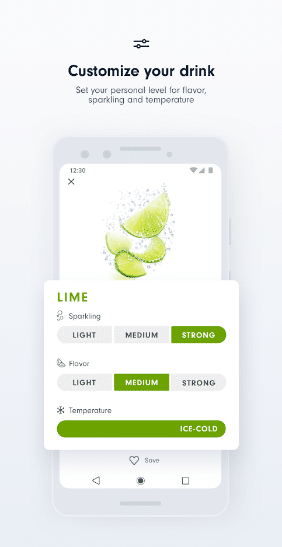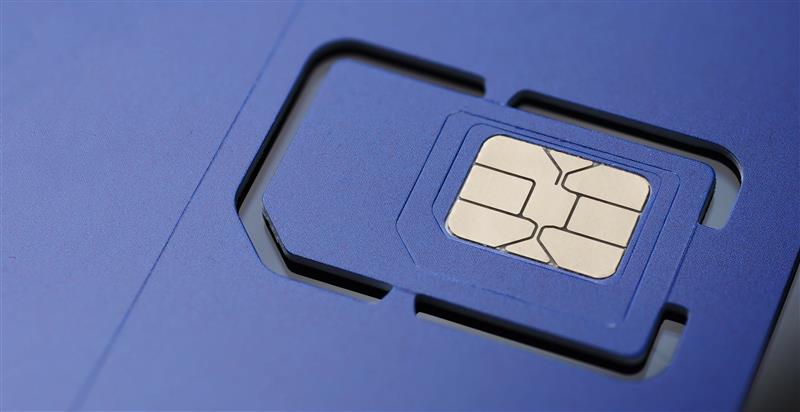What’s next for the Internet of Things? Here are the top five emerging IoT trends that every business should be tracking, not just in 2021 but beyond.
Download our 2021 IoT Predictions Report for 10 IoT Business and Technology Trends
1. Data insight moves from digital to physical interactions.

The likes of Amazon and Netflix have used data to completely digitise their business models and reinvent shopping and entertainment – turning them into personalised, data-driven services.
As IoT becomes ubiquitous – and we expect serious growth in 2021 as IoT offers become truly global – companies will find themselves with vast new sources of data.
The immense amount of information captured on people’s health and habits will be valuable to companies looking to mine that data for insight, such as companies using lifestyle data from wearable IoT to develop new health or insurance products.
For some IoT companies, this data may well become more valued than the product itself. And consumers will benefit from enhanced personalisation in products well beyond connected devices.
2. COVID-19 accelerates the digital transformation of the city centre.

The COVID-19 aftermath will reshape how we work and shop. Retail will make a shift away from the physical store.
Take coffee companies, for example, who can provide the same quality coffee via a machine. Instead of costly ongoing rental and staff costs, their coffee machine can sit in one square meter of someone else’s shop, office, or transport hub.
Added to this, connected vending machines bring new benefits to users. Customers can order pre-customised drinks, exactly to their taste and preference through a few simple clicks via an app. The SodaStream app allows users to choose flavours, carbonation levels and temperatures to create the perfect drink, then pick it up at their connected vending machine. Such detail can be hard to convey as you grab your morning drink on the way to work, but if set up in an app, it allows you to collect exactly what you want and when you want it. This trend towards mass customisation and mass availability will increase as technology grows more sophisticated.
3. IoT designers recognise that getting the hardware right is difficult.
In the new world of B2B IoT, there are tens of thousands of different IoT devices with many more being added every day. Devices are no longer designed by one company but often by several in a serial process.
The result is that each element is certified but the device as a whole is not, which burdens the Enterprise implementing the IoT project.
Given this, it’s unsurprising that 74% of IoT device deployments fail due to device issues. Enterprises want, and need, to focus on their business – not on device testing and certification!
To solve this problem, we predict that Enterprises will increasingly choose IoT companies that have proven IoT hardware expertise in 2021.
4. Enterprise adoption of IoT advances.

IoT in large Enterprises progressed significantly throughout 2020. The COVID-19 pandemic – and the socially distanced, remote working world it created – accelerated many IoT initiatives that would have taken another five years or more. It kickstarted a momentum that we expect to accelerate in 2021 and play an important part in the post-COVID recovery.
We see this in all industries, though at varying stages of maturity. Retail is using analytics to understand in-store behaviour and manage supply chains, while healthcare is expanding remote care, and agriculture is automating laborious processes such as harvesting. Manufacturing, chemicals, and research and development facilities are adding thousands of IoT sensors to their operations technology to deliver transformational insights into energy use, production cost, scheduling, and process efficiency.
A year ago, we predicted Enterprise global IoT rollouts would take off, driven by ‘simplification of device design and deployment, global IoT cellular connectivity and hyperscale cloud managed services.’ It feels that Enterprise IoT is now well and truly being taken seriously at the highest levels and is an unstoppable driver of digital transformation.
5. Real-time visibility of food supply chains becomes possible.

Supply chains are leaky.
Around half is lost, damaged, stolen or goes off in transit or storage, and much of the rest is due to overproduction.
More granular monitoring could provide real-time insight and dramatically reduce both problems. Continuous temperature monitoring would quickly show exact points where problems were occurring.
Advances in technology mean we can now print IoT circuits, batteries, and cellular connectivity onto flexible labels, and stick it on a box. This continuous IoT connectivity would allow complete real-time visibility of where everything is, helping manage production, transport, and storage much more effectively.
These five IoT predictions are only the beginning. We’ve compiled 10 of the biggest emerging IoT trends for 2021 and beyond in our new report. Get your copy.
10 IoT Trends to Watch in 2021 and Beyond
In this article
- 1. Data insight moves from digital to physical interactions.
- 2. COVID-19 accelerates the digital transformation of the city centre.
- 3. IoT designers recognise that getting the hardware right is difficult.
- 4. Enterprise adoption of IoT advances.
- 5. Real-time visibility of food supply chains becomes possible.
